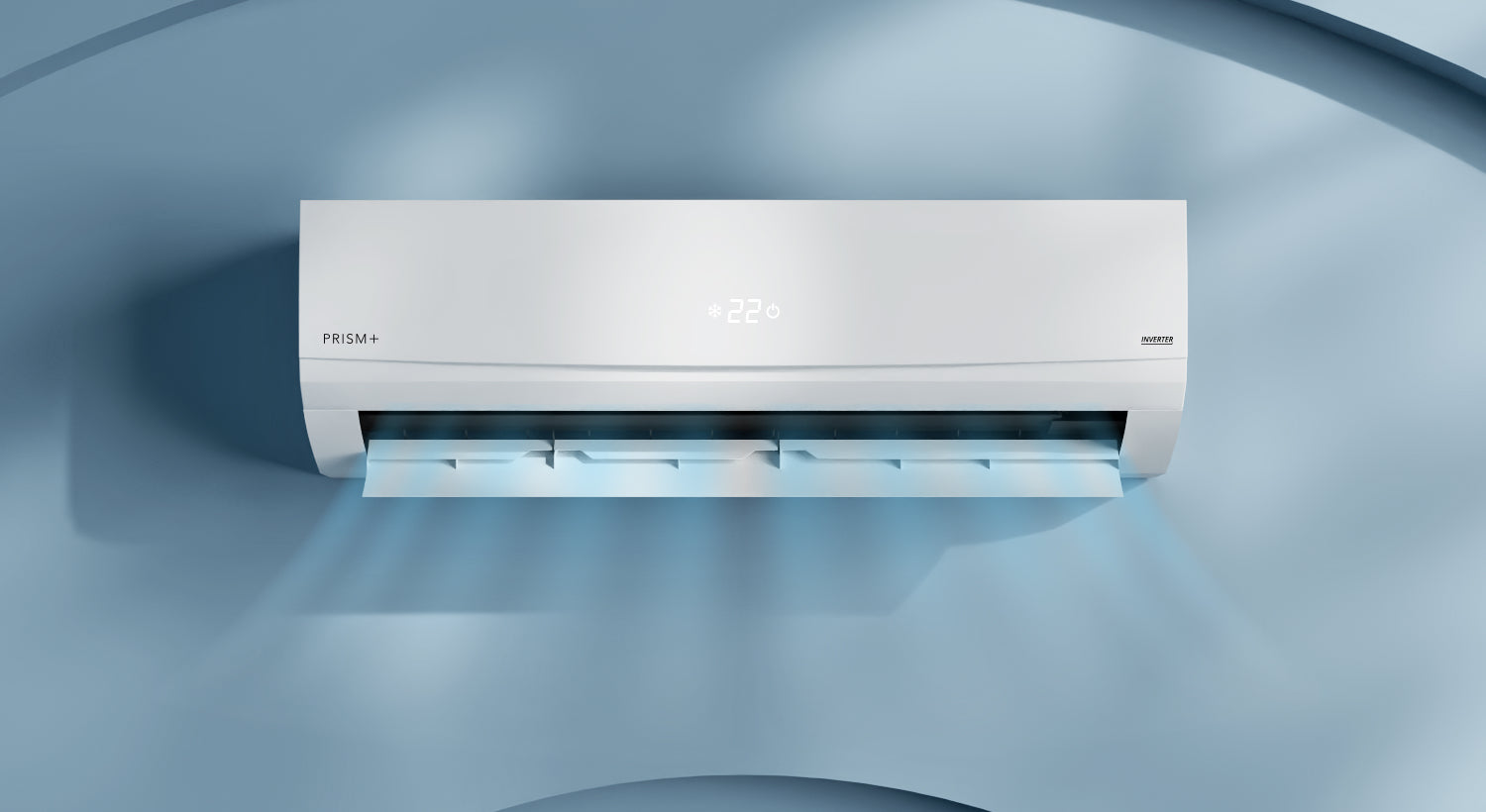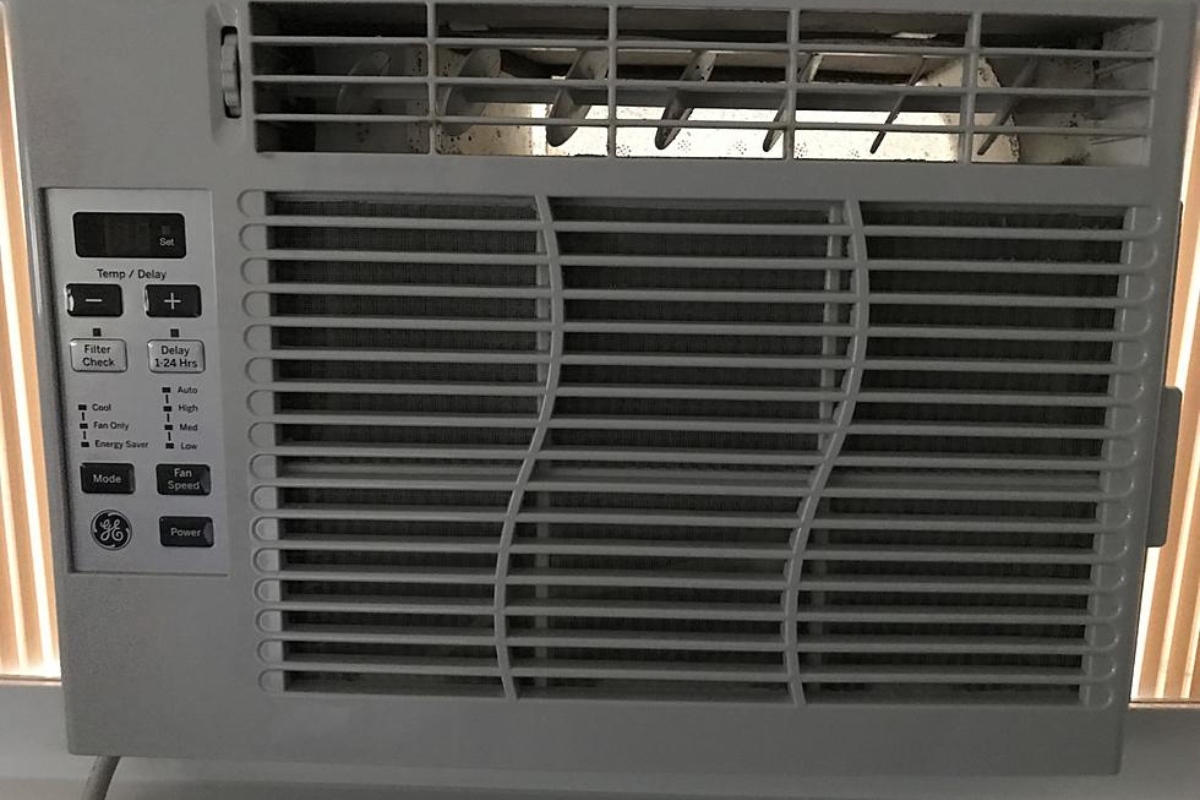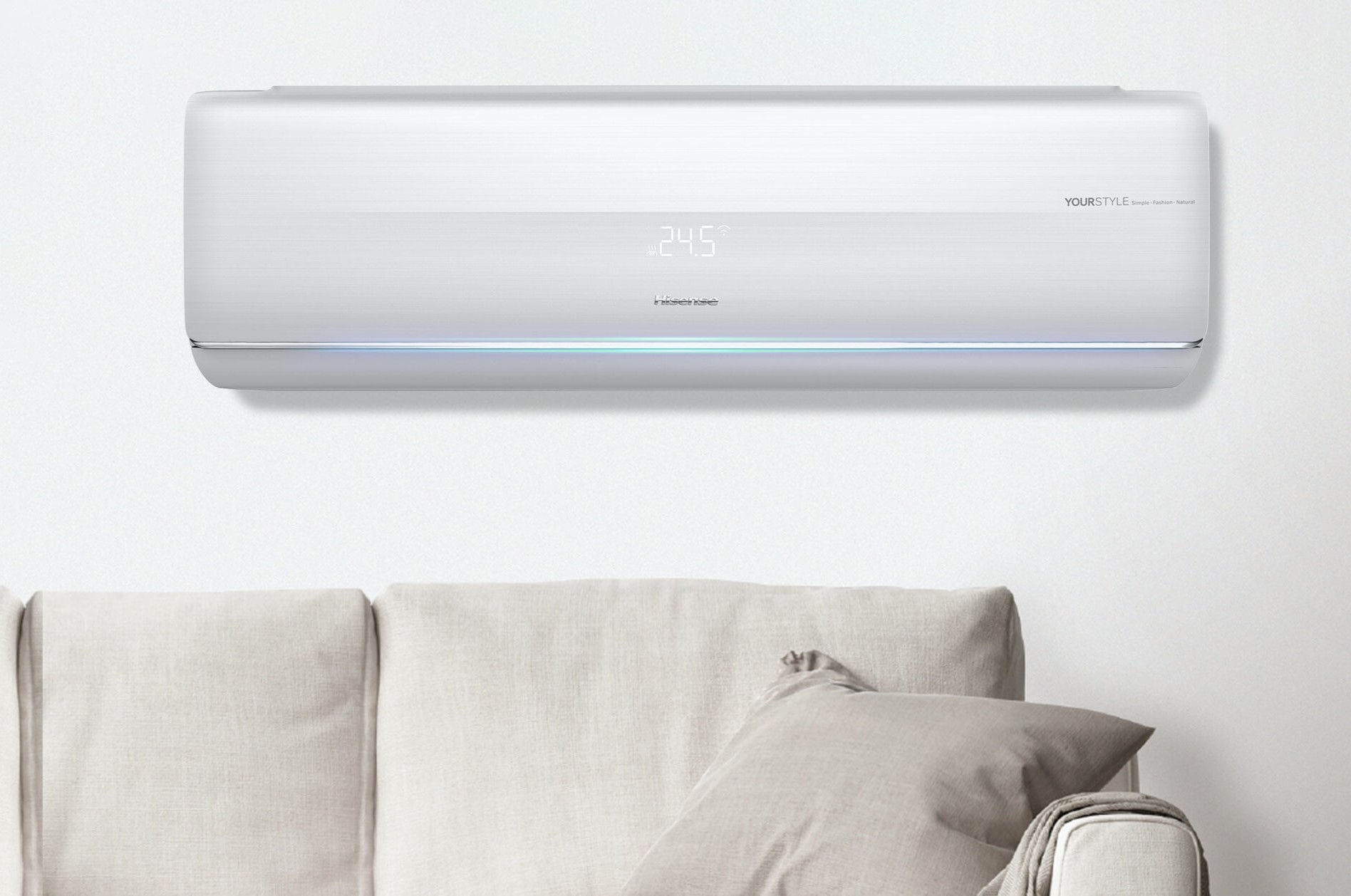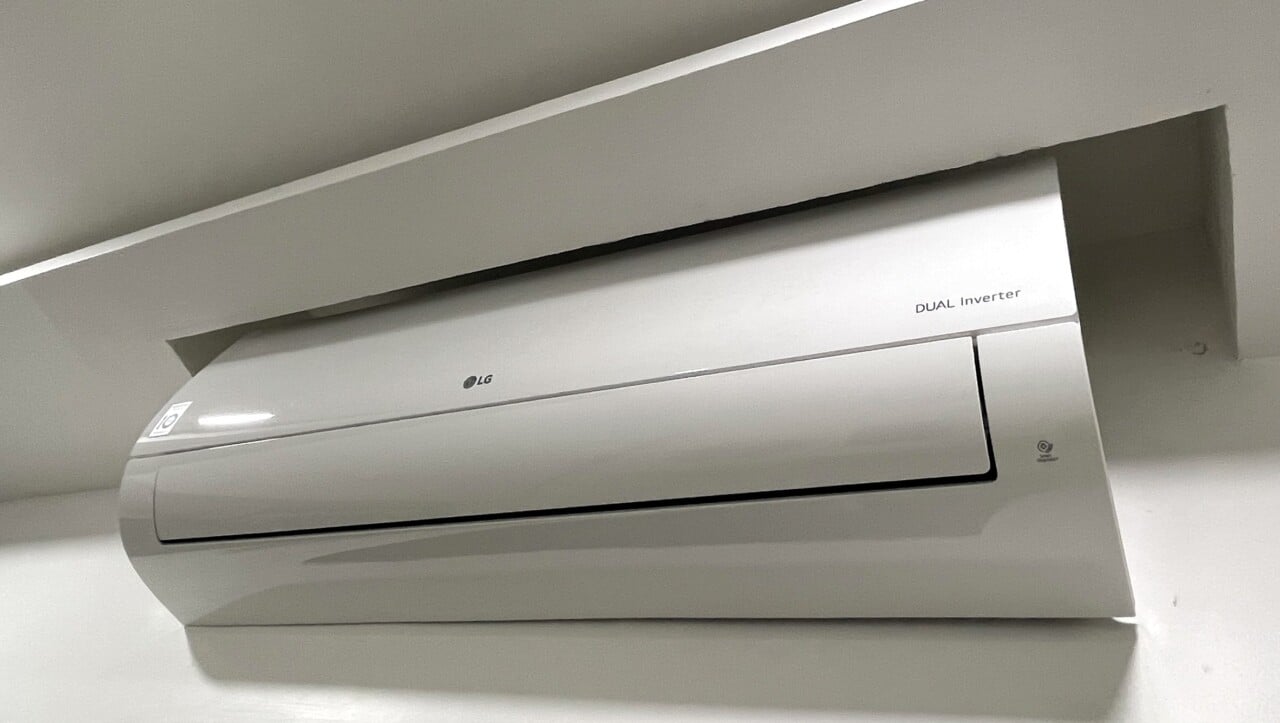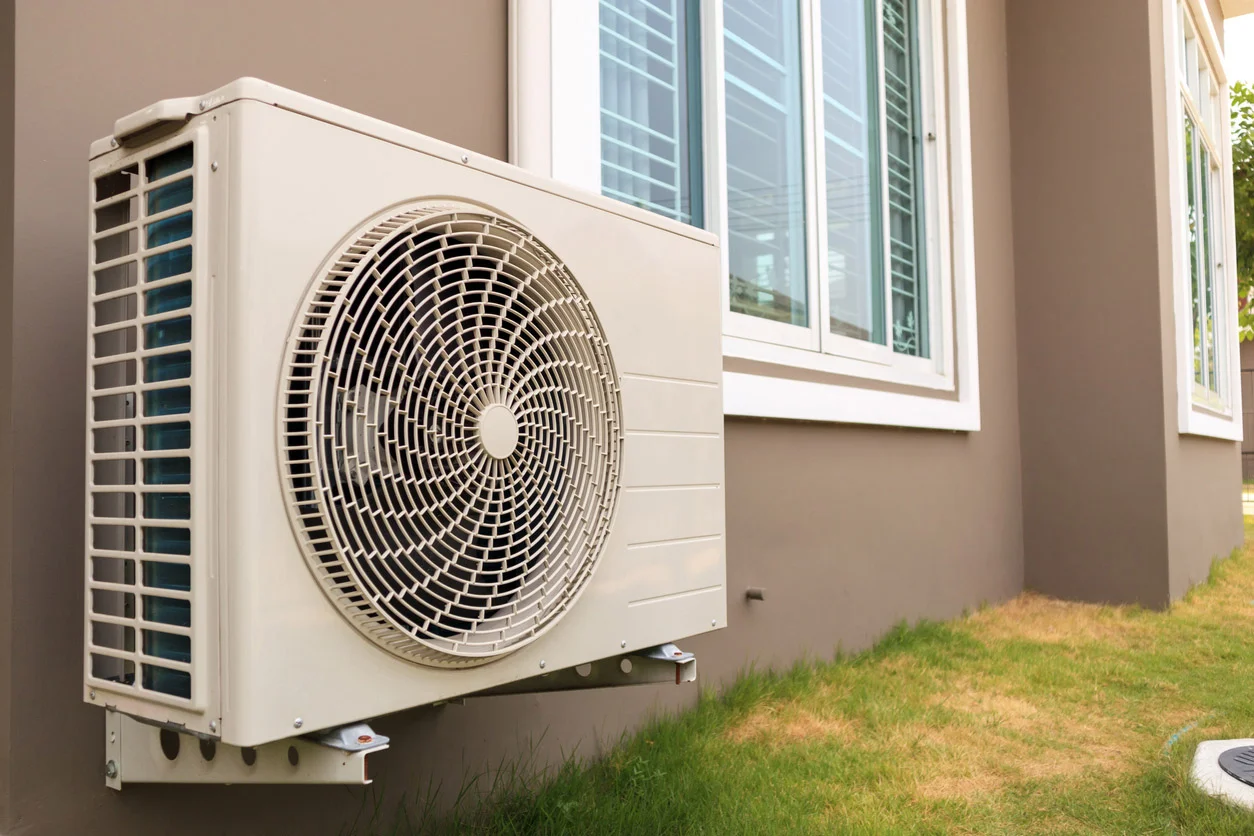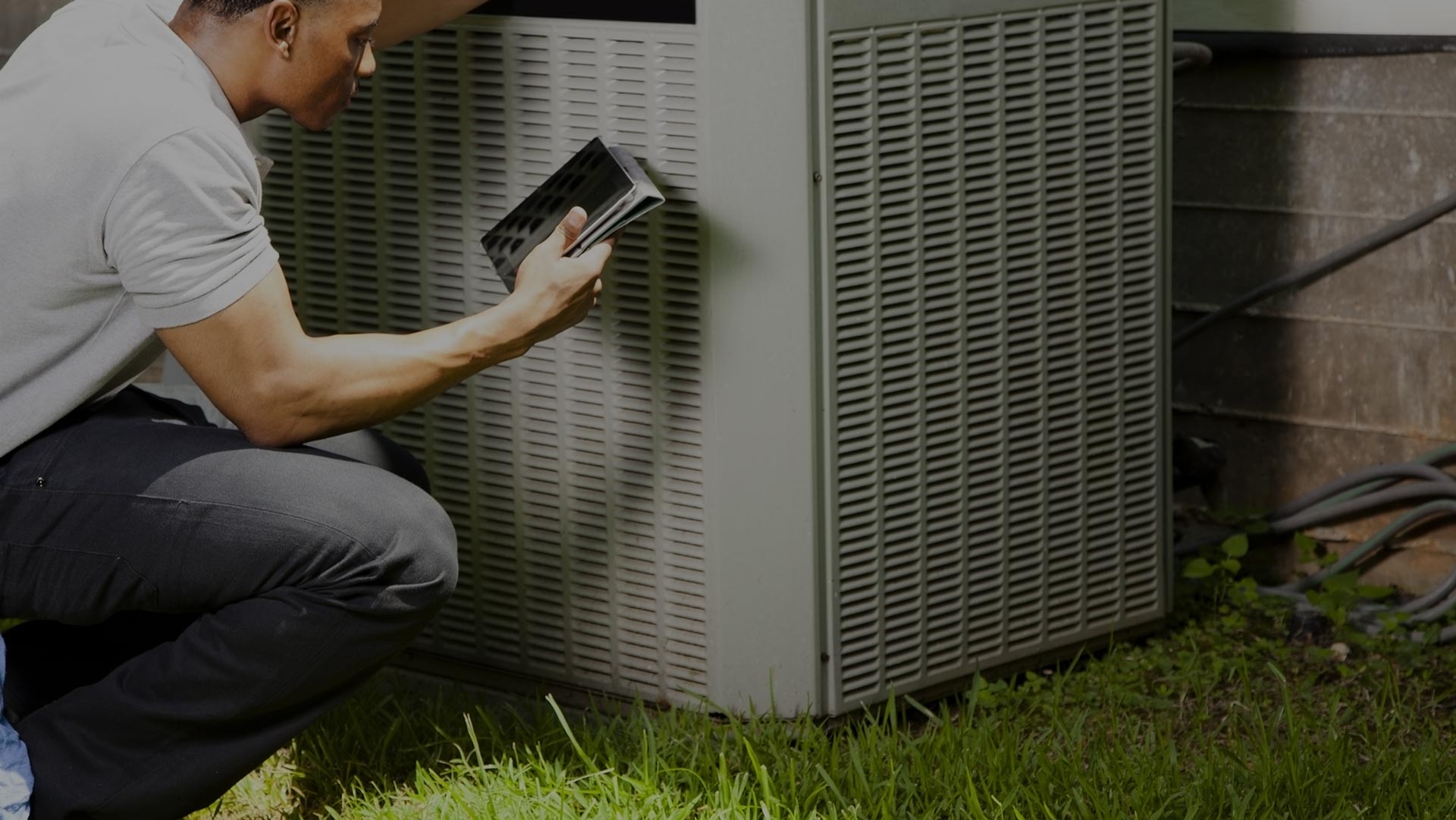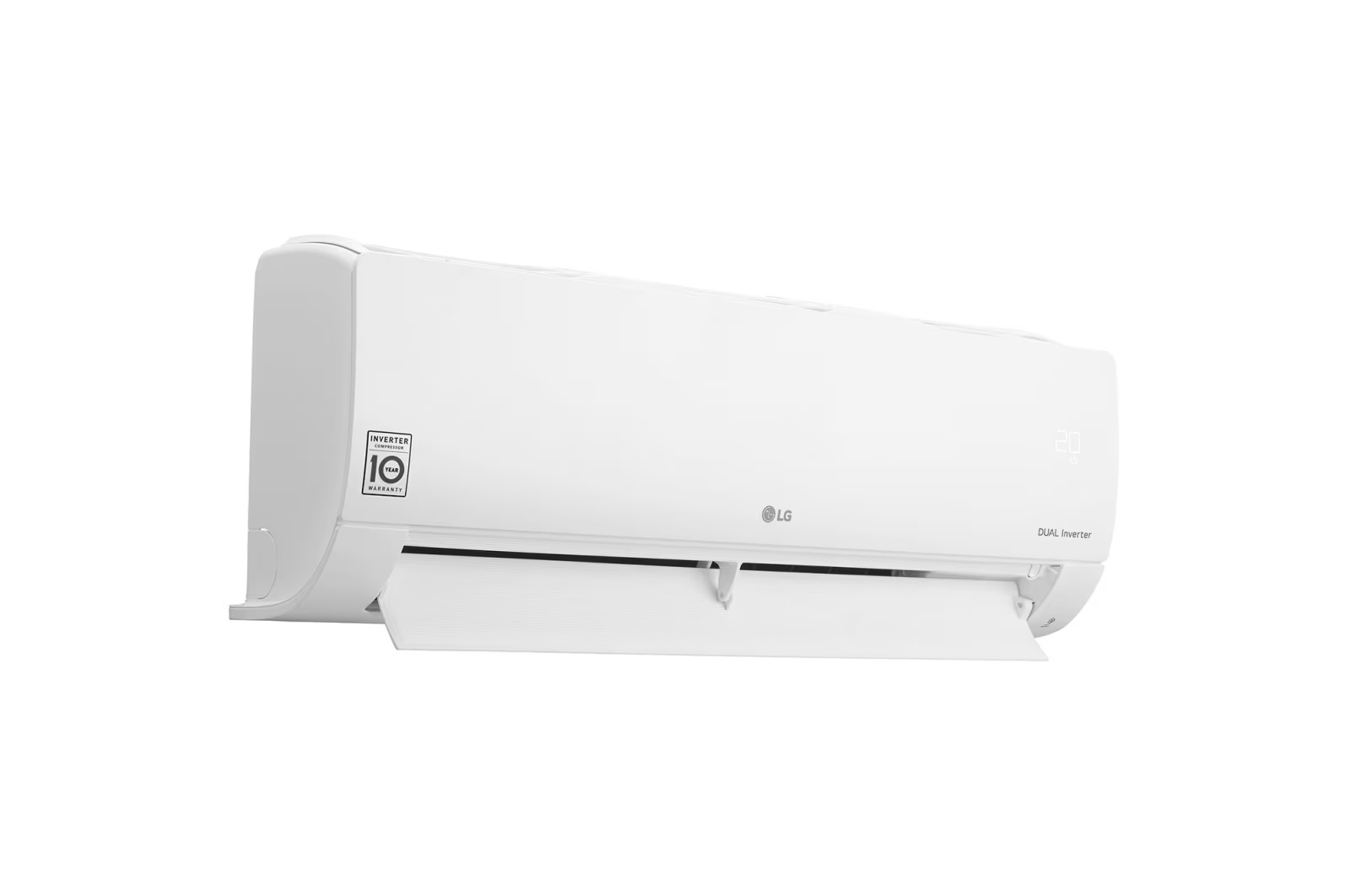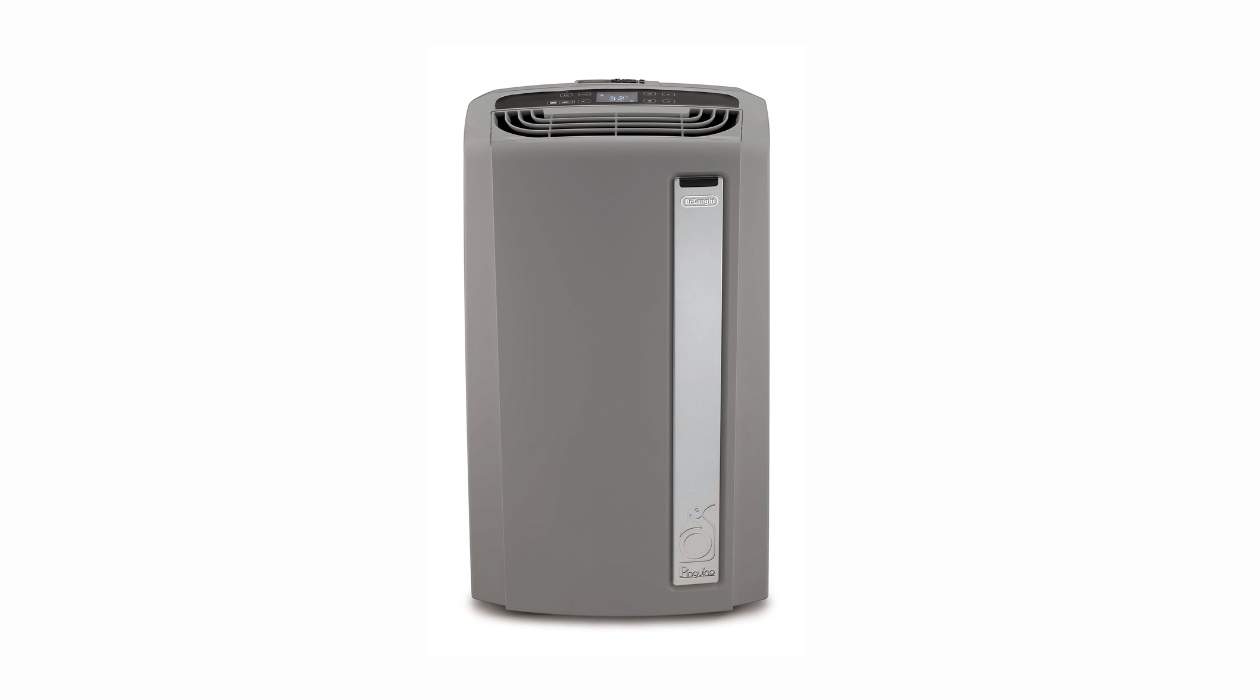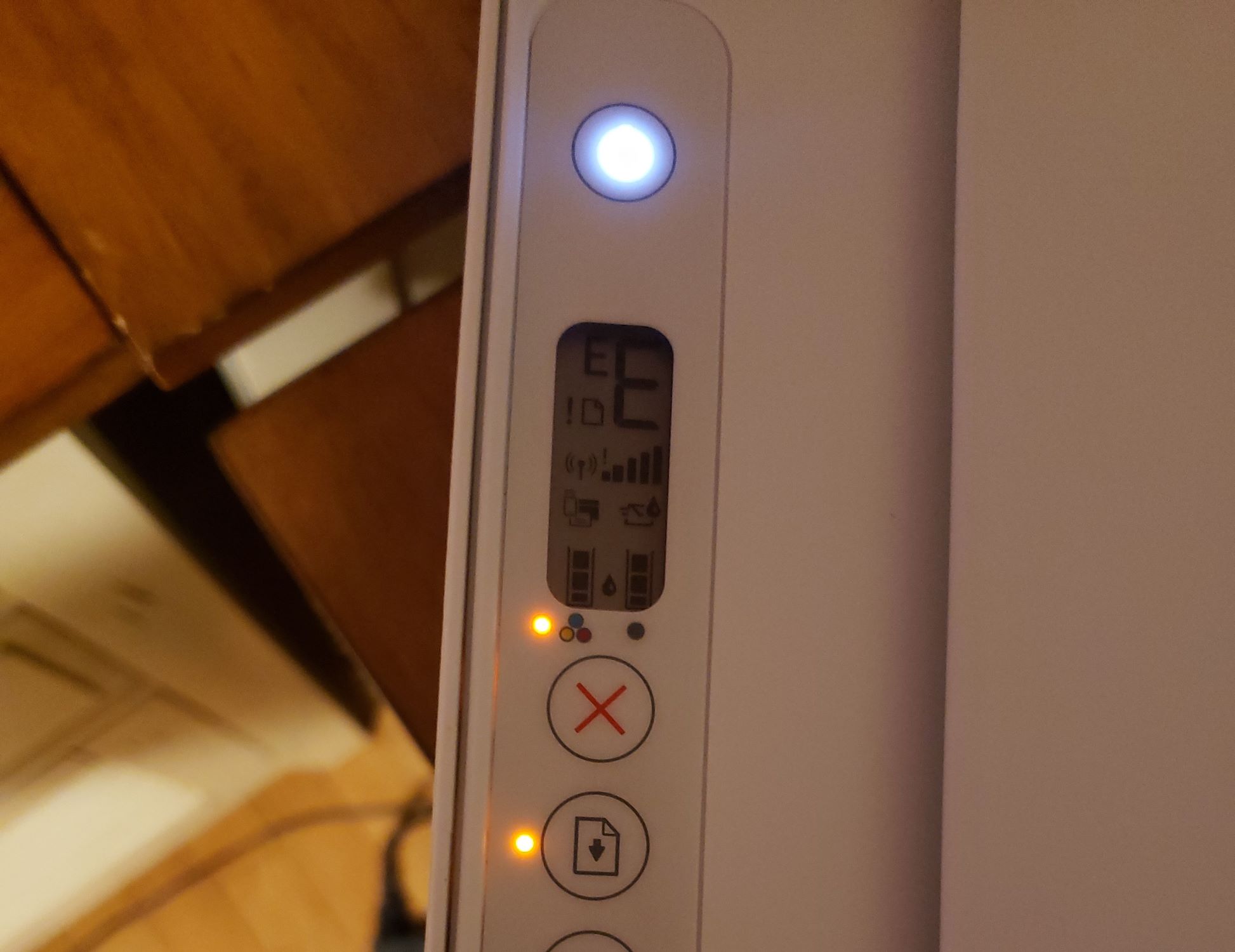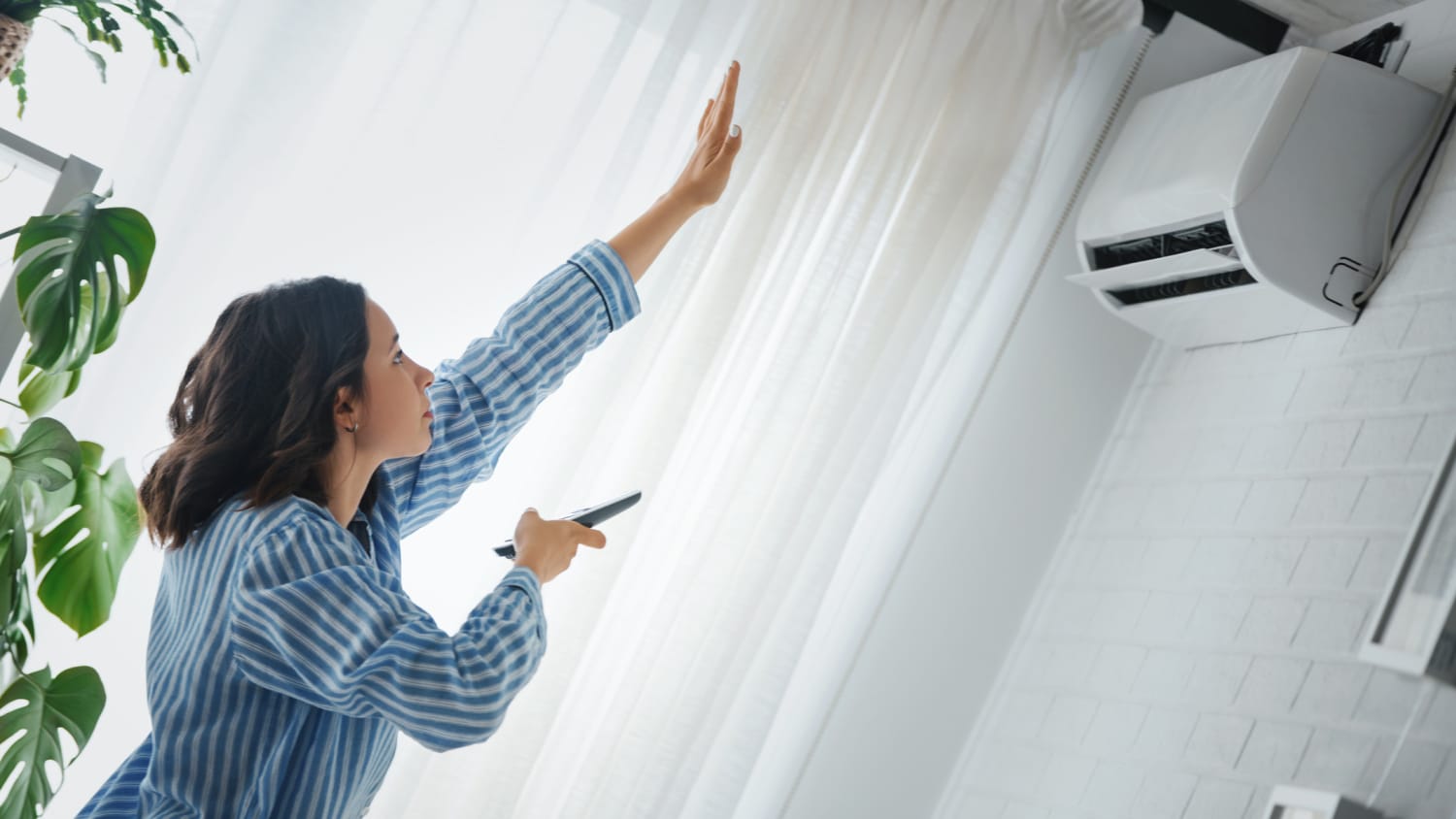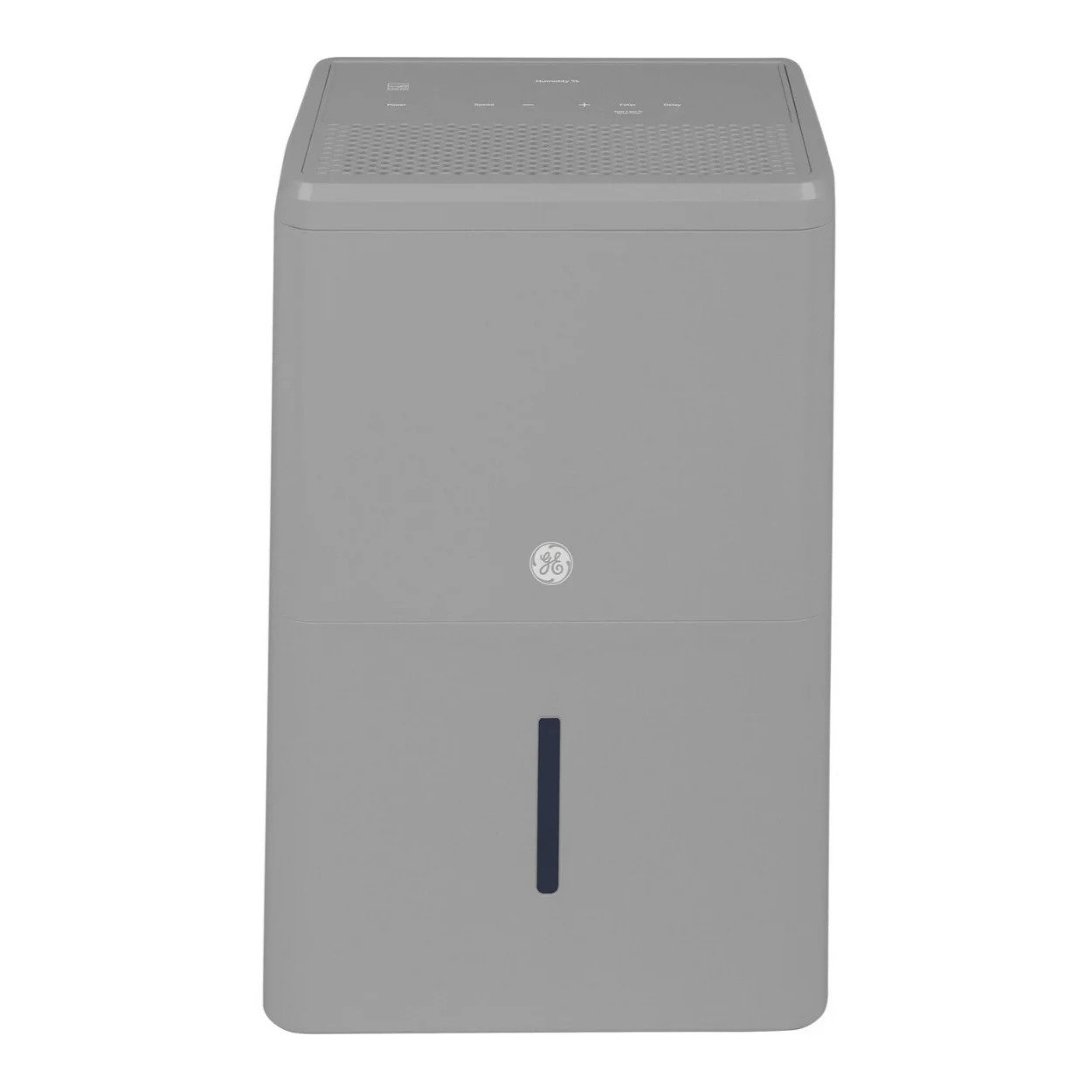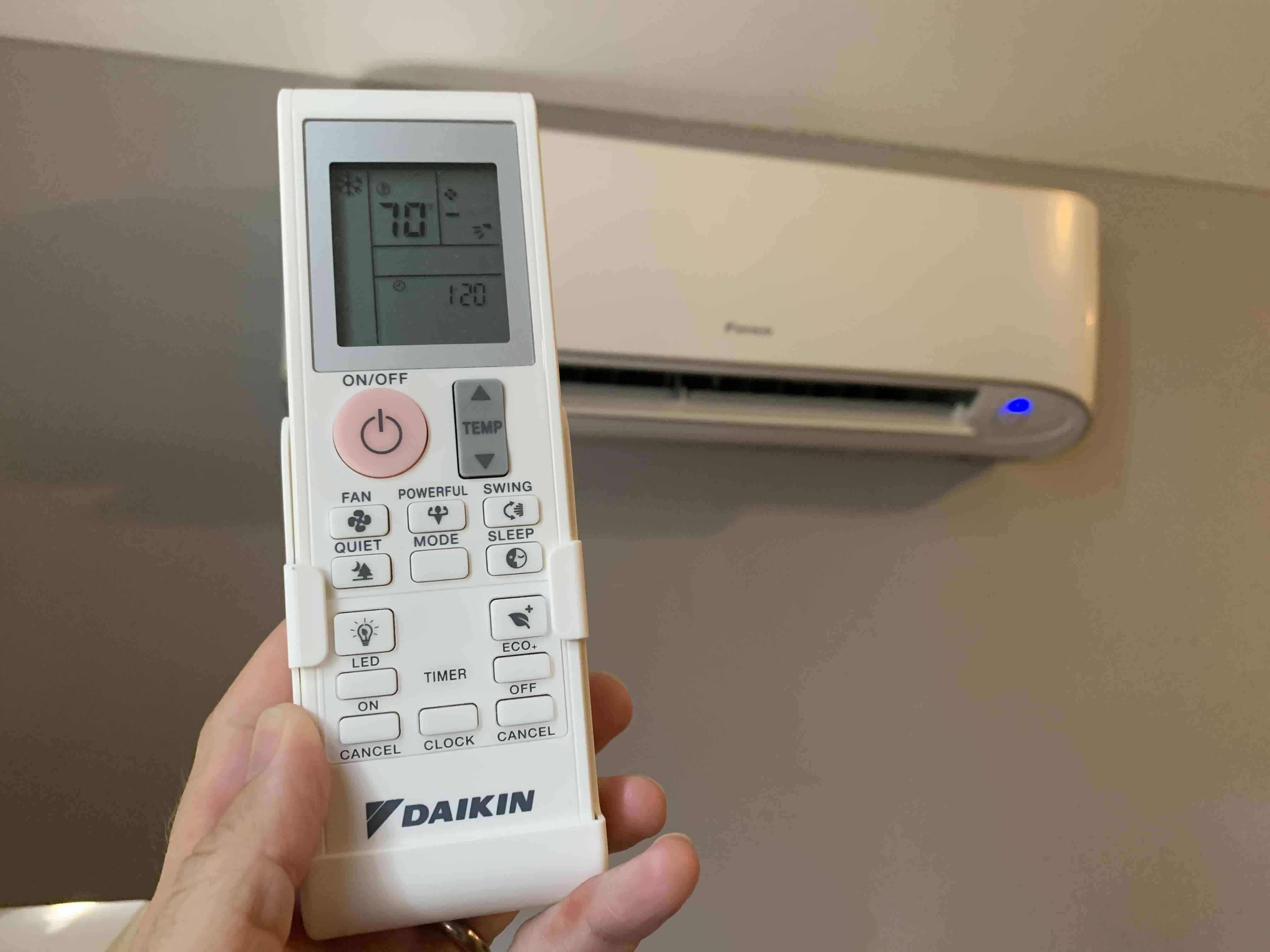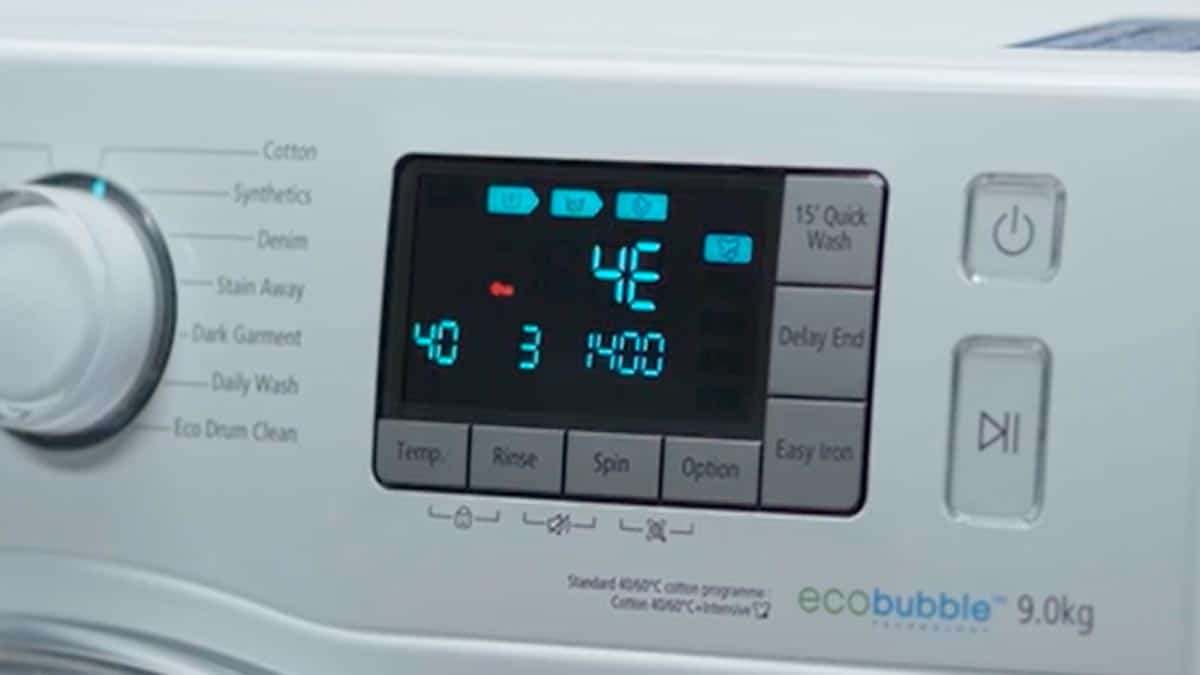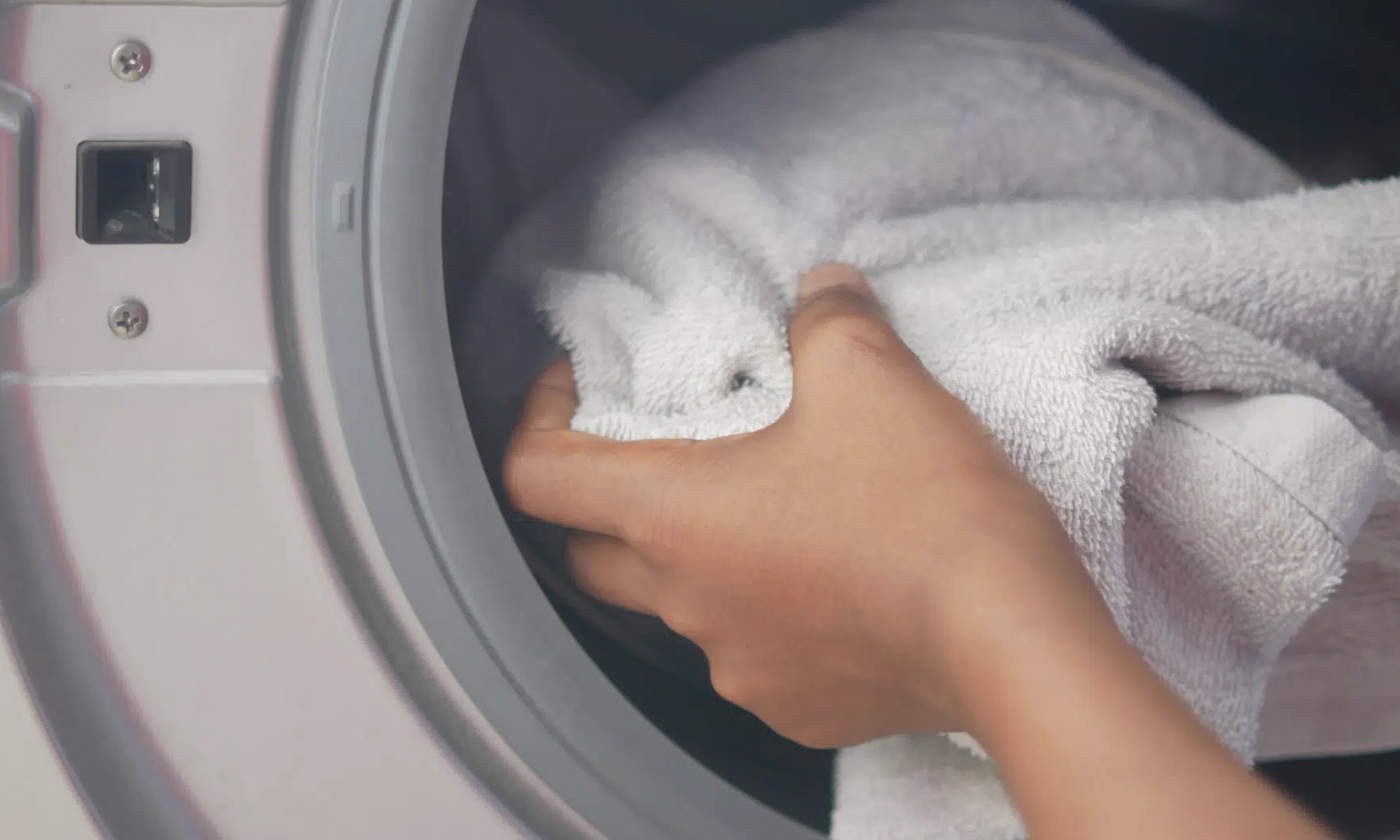Home>Home Maintenance>What Does E8 Mean On My Air Conditioner
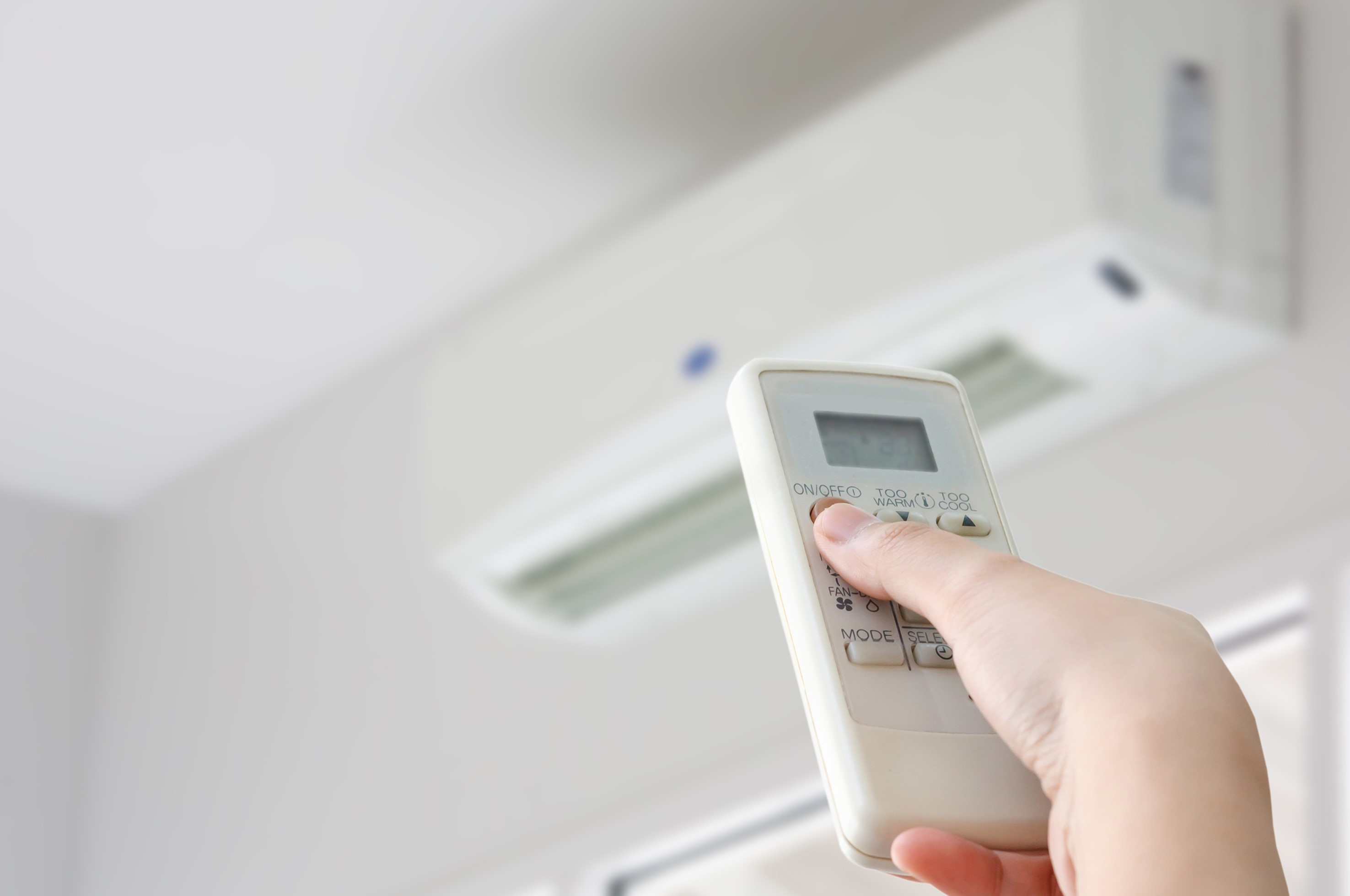

Home Maintenance
What Does E8 Mean On My Air Conditioner
Modified: March 7, 2024
Looking for answers about what "E8" means on your air conditioner? Check out our comprehensive guide on home maintenance for all your HVAC troubleshooting needs.
(Many of the links in this article redirect to a specific reviewed product. Your purchase of these products through affiliate links helps to generate commission for Storables.com, at no extra cost. Learn more)
Introduction
When you encounter an error code on your air conditioner, it can be frustrating and worrisome. One particular error code that you may come across is E8. But what does E8 mean on your air conditioner? Is it something that you can fix yourself, or do you need to call a professional? In this article, we will explore the meaning of the E8 error code, its possible causes, and provide troubleshooting tips to help you resolve the issue.
The E8 error code is a common error that can occur on various models of air conditioners. It is a code that indicates a problem or malfunction within the unit. Understanding the specific meaning of the E8 error code is crucial in determining the appropriate troubleshooting steps to take.
It is important to note that the E8 error code may vary slightly depending on the brand and model of your air conditioner. Therefore, it is recommended to consult the user manual or contact the manufacturer for specific information regarding the E8 error code on your particular unit.
Key Takeaways:
- The E8 error code on your air conditioner can be caused by airflow restrictions, temperature sensor issues, or power supply problems. Regular maintenance and troubleshooting can help resolve the issue and keep your home cool.
- If you encounter the E8 error code, try troubleshooting by checking the air filter, temperature sensor, and power supply. If the issue persists, seek help from a professional HVAC technician to ensure proper diagnosis and resolution.
Read more: What Does E8 Mean On GE Air Conditioner
Understanding the E8 Error Code
The E8 error code on your air conditioner is an indication of a specific issue or malfunction within the unit. While the exact meaning may vary depending on the brand and model, there are some common reasons behind the E8 error code.
One possible reason for the E8 error code is a problem with the airflow. This could be due to a clogged air filter or obstructed vents. When the airflow is restricted, it can cause the system to overheat, triggering the E8 error code as a safety measure. Regularly cleaning or replacing the air filter and ensuring that there are no obstructions around the vents can help prevent this issue.
Another potential cause of the E8 error code is a malfunction in the temperature sensor. The temperature sensor is responsible for detecting the temperature inside the unit and ensuring that it stays within the desired range. If the sensor is faulty or inaccurate, it may trigger the E8 error code. In this case, replacing the temperature sensor may be necessary to resolve the issue.
Additionally, a power supply issue can also lead to the E8 error code. This could be due to a power outage or a fluctuation in the electrical supply. If the air conditioner is not receiving a consistent and stable power source, it may result in the E8 error code. Checking the power supply and ensuring that it is stable is crucial to prevent this issue.
It is worth noting that some air conditioner models may have additional features or components that can trigger the E8 error code. For example, if your unit has a dehumidifier function, a fault in the dehumidifier component may result in the E8 error code. Consulting the user manual or reaching out to the manufacturer can provide more specific information on the potential causes of the E8 error code for your particular air conditioner model.
Possible Causes of the E8 Error Code
The E8 error code on your air conditioner can have various underlying causes. Understanding these causes can help you pinpoint the issue and determine the appropriate steps to resolve it. Here are some common reasons that can trigger the E8 error code:
- Airflow Restrictions: One common cause of the E8 error code is airflow restrictions. This can occur due to a clogged air filter, blocked vents, or even furniture obstructing the airflow. When the airflow is restricted, the system may overheat, causing the E8 error code to appear. Regularly cleaning or replacing the air filter, clearing any obstructions around the vents, and ensuring adequate ventilation can help alleviate this issue.
- Temperature Sensor Malfunction: A faulty temperature sensor can also be a culprit behind the E8 error code. The temperature sensor is responsible for monitoring the internal temperature of the air conditioner and triggering the necessary actions to regulate it. If the sensor is damaged or inaccurate, it may lead to inaccurate temperature readings and result in the E8 error code. In such cases, replacing the temperature sensor may be necessary to resolve the issue.
- Power Supply Issues: Problems with the power supply can also trigger the E8 error code. Power outages, fluctuations, or inadequate voltage supply can disrupt the functioning of the air conditioner and cause the error code to appear. It is important to check the power supply, ensure a stable electrical connection, and use a surge protector to prevent power-related issues that can trigger the E8 error code.
- Faulty Components: In some cases, specific components within the air conditioner may be faulty and lead to the E8 error code. Examples include a malfunctioning compressor, condenser fan, or control board. Identifying these faulty components may require professional assistance or consulting the manufacturer’s guidelines for your specific air conditioner model.
- Dehumidifier Issues (if applicable): Some air conditioner models come with a built-in dehumidifier function. If your unit has this feature, a fault in the dehumidifier component can trigger the E8 error code. It is recommended to refer to the user manual or contact the manufacturer for guidance on troubleshooting and resolving dehumidifier-related issues.
Keep in mind that these are general causes of the E8 error code, and the specific cause may vary depending on the brand, model, and configuration of your air conditioner. It is always best to consult the user manual or reach out to the manufacturer for precise information regarding the E8 error code for your particular unit.
If your air conditioner is displaying an E8 error code, it usually indicates a problem with the indoor fan motor or the indoor control board. It’s best to contact a professional technician to diagnose and fix the issue.
How to Troubleshoot and Fix the E8 Error Code
If you encounter the E8 error code on your air conditioner, there are several troubleshooting steps you can take to resolve the issue. Here is a step-by-step guide to help you troubleshoot and fix the E8 error code:
- Power Cycle the Unit: Begin by turning off the air conditioner and unplugging it from the power source. Wait for a few minutes before plugging it back in and turning it on. Sometimes, a simple power cycle can reset the system and clear the error code.
- Check for Airflow Restrictions: Inspect the air filter to see if it is clogged with dust or debris. If so, clean or replace the air filter according to the manufacturer’s instructions. Additionally, ensure that there are no obstructions around the vents that could restrict the airflow. Clearing any blockages can help alleviate the E8 error code.
- Verify the Temperature Sensor: If the airflow is not the issue, check the temperature sensor. Locate the sensor within the unit and ensure that it is clean and properly connected. If you suspect a fault with the sensor, it may need to be replaced. Refer to the user manual or contact the manufacturer for guidance on replacing the temperature sensor.
- Stabilize the Power Supply: Check the power supply to ensure it is stable and providing adequate voltage. Use a surge protector to protect the air conditioner from power fluctuations. If you suspect a power issue, consider consulting an electrician to check the electrical connections and ensure they meet the necessary requirements.
- Inspect for Faulty Components: If the previous steps do not resolve the E8 error code, it is possible that a specific component within the air conditioner is faulty. In this case, it is recommended to contact a professional HVAC technician to diagnose and repair the unit. They will have the expertise and tools to accurately identify the faulty component and take the necessary steps to fix it.
- Follow Manufacturer’s Recommendations: Always refer to the user manual or contact the manufacturer for specific troubleshooting steps and recommendations. Each air conditioner model may have unique procedures and requirements that should be followed to address the E8 error code.
Remember, if you are not comfortable performing the troubleshooting steps or if the E8 error code persists even after attempting these troubleshooting methods, it is best to seek professional assistance. HVAC technicians have the knowledge and experience to effectively diagnose and resolve complex issues with air conditioners.
Contacting a Professional for Assistance
If you have attempted the troubleshooting steps for the E8 error code on your air conditioner and are still unable to resolve the issue, it is recommended to contact a professional HVAC technician for assistance. Here are a few reasons why seeking professional help is beneficial:
Expertise and Experience: HVAC technicians have extensive knowledge and experience working with air conditioning systems. They are trained to diagnose and fix complex issues, including the E8 error code. Their expertise ensures that the problem is accurately identified and resolved, preventing further damage to the unit.
Proper Tools and Equipment: HVAC technicians have access to specialized tools and equipment that may be required to diagnose and repair air conditioner issues. These tools enable them to efficiently troubleshoot and fix the E8 error code, ensuring a proper and long-lasting solution.
Manufacturer Recommendations: HVAC technicians are familiar with various air conditioner brands and models, including their specific troubleshooting guidelines and recommendations. They can effectively navigate through the manufacturer’s instructions, ensuring that the problem is addressed according to the manufacturer’s specifications.
Warranty Considerations: If your air conditioner is still under warranty, attempting to fix the E8 error code yourself may void the warranty. By contacting a professional technician, you can ensure that any necessary repairs or replacements are conducted in accordance with the warranty guidelines, preserving the validity of the warranty.
Peace of Mind: Hiring a professional technician eliminates the stress and uncertainty of trying to resolve the issue yourself. You can rely on their expertise and trust that the E8 error code will be properly diagnosed and fixed, restoring your air conditioner’s functionality and efficiency.
When contacting a professional HVAC technician, it is important to provide them with accurate details regarding the E8 error code and any troubleshooting steps you have already taken. This information will help the technician understand the situation and come prepared with the necessary tools and expertise to address the issue efficiently.
Always choose a reputable and licensed HVAC company or technician to ensure quality service and reliable repairs. You can ask for recommendations from friends, family, or check online reviews to find a trusted professional.
In summary, if you have exhausted your troubleshooting efforts or are uncomfortable attempting the repairs yourself, contacting a professional HVAC technician is the best course of action. Their expertise, experience, and access to the right tools will ensure that the E8 error code is addressed properly, restoring your air conditioner’s functionality and keeping your home cool and comfortable.
Read more: What Is E8 Code On GE Air Conditioner
Conclusion
Encountering the E8 error code on your air conditioner can be frustrating, but with the right understanding and troubleshooting steps, you can resolve the issue and restore your air conditioner’s functionality. In this article, we have explored the meaning of the E8 error code, its possible causes, and provided troubleshooting tips to help you fix the issue.
Remember to start by understanding the specific meaning of the E8 error code for your air conditioner model. From there, you can troubleshoot common causes such as airflow restrictions, temperature sensor malfunctions, power supply issues, or faulty components. Following the appropriate steps and consulting the user manual or manufacturer’s guidelines can help you identify and resolve the issue.
If your troubleshooting efforts are unsuccessful or if you are uncomfortable performing the repairs yourself, it is advisable to contact a professional HVAC technician. They have the expertise, experience, and proper tools to diagnose and fix air conditioner issues, including the E8 error code. Seeking professional help ensures a thorough and accurate resolution, providing you with peace of mind and preventing further damage to your air conditioner.
Remember to follow manufacturer recommendations, consider warranty considerations, and choose a reputable HVAC company or technician for reliable service.
By understanding the E8 error code and taking the necessary steps to troubleshoot and fix the issue, you can ensure the optimal performance of your air conditioner and enjoy a cool and comfortable home. Stay proactive in regular maintenance and address any error codes promptly to extend the lifespan of your air conditioning unit and maximize its efficiency.
We hope this article has provided you with valuable insights and guidance in dealing with the E8 error code on your air conditioner. Stay cool!
Frequently Asked Questions about What Does E8 Mean On My Air Conditioner
Was this page helpful?
At Storables.com, we guarantee accurate and reliable information. Our content, validated by Expert Board Contributors, is crafted following stringent Editorial Policies. We're committed to providing you with well-researched, expert-backed insights for all your informational needs.
